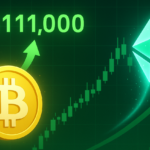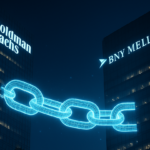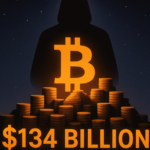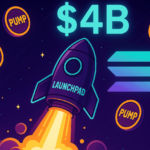The tokenization of real-world assets (RWAs) is no longer a fringe experiment—it’s rapidly becoming a foundational pillar in modern finance. With over $20 billion in tokenized assets now circulating across bonds, equities, real estate, and commodities, major institutions like BlackRock, KKR, Apollo, and VanEck have firmly stepped into the space. This growing adoption signals a broader shift as traditional finance merges with decentralized infrastructure.
Key technological strides are driving this transformation. Blockchain networks—both layer-1 and layer-2—have evolved to offer higher throughput and lower fees, enabling scalable deployment of tokenized assets. Meanwhile, advances in smart contract reliability and compliance tools—enhanced by AI-powered auditing—are making it easier to structure and automate asset issuance. Regulatory-grade custody via MPC (multi-party computation) and on-chain identity frameworks are also solving for risk and compliance, removing long-standing barriers for institutional players.
On the regulatory and market side, progress is accelerating. In regions like the U.S., EU, and parts of Asia, clearer legal frameworks are being introduced to support tokenization. Tokenized Treasury products, such as BlackRock’s BUIDL fund, are gaining popularity for their liquidity and on-chain composability. As stablecoins mature into programmable money, and as tokenized stocks, funds, and property assets expand, blockchain is now supporting a full-stack capital market ecosystem.
Industry forecasts remain bullish. The current $24 billion market has grown by 380% over the past three years, and Standard Chartered predicts it could surge to $30 trillion by 2034. With both developed and emerging economies increasingly adopting tokenized financial tools, RWA tokenization is on course to redefine how capital is created, transferred, and accessed across the globe. What was once theoretical is quickly becoming the next chapter of financial infrastructure.





























